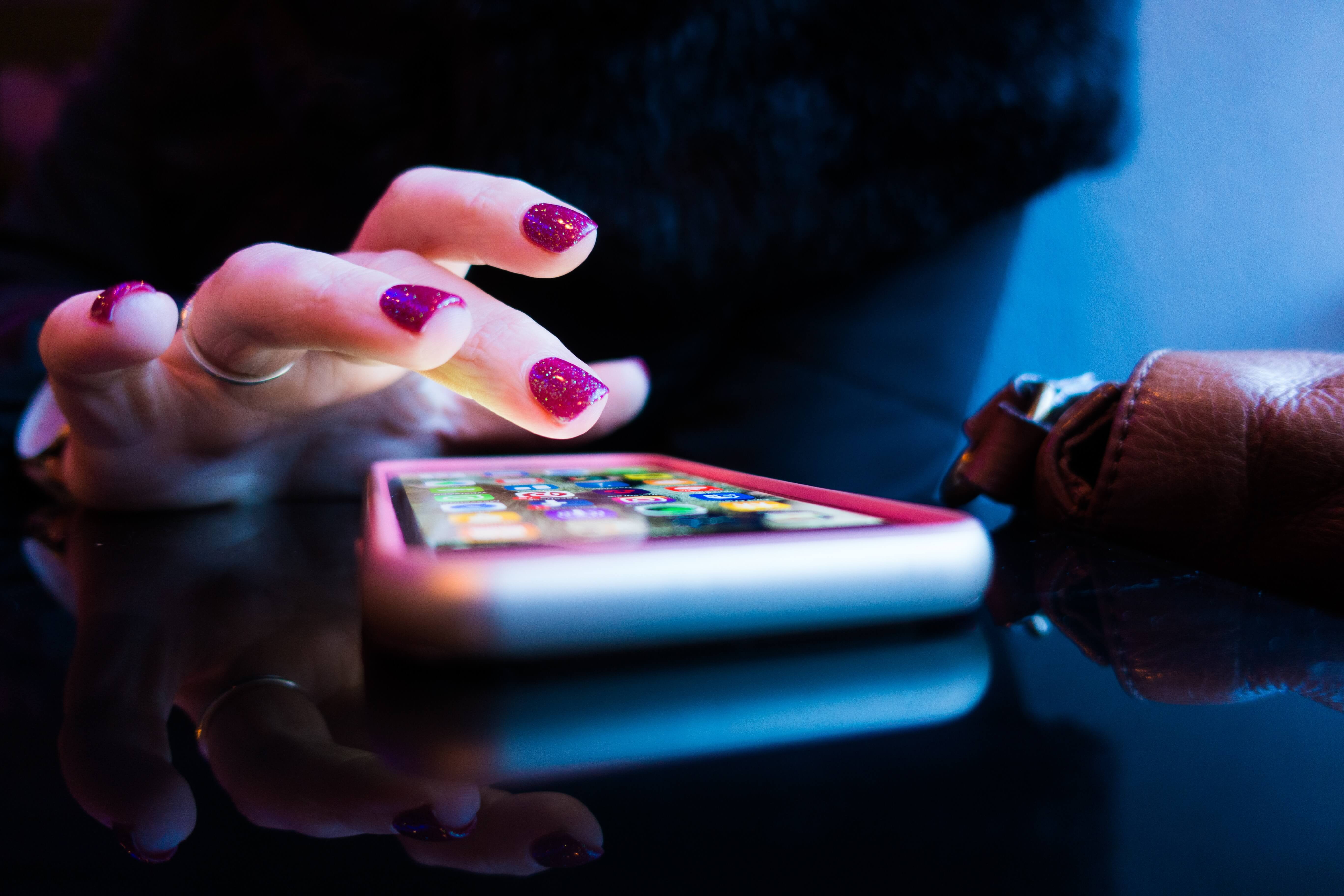Sponsored
How gamification can boost your e-commerce business
Here’s how e-commerce businesses can utilize gamification and how it can help increase productivity, efficiency, engagement, and sales.

Gamification. No, it isn’t the new Justin Bieber album, nor the next big cryptocurrency. Gamification is a lot how it sounds – the use of game design elements to increase engagement. Gamification is hot, hot, hot these days, predicted to skyrocket six-fold by 2020 (as compared to 2015). In the e-commerce world especially, gamification is being used to increase productivity, efficiency and the bottom line … sales.
Gamification principles
Prior to utilizing gamification to jumpstart your business, it’s necessary to understand the core principles. Leading gamification scholar Gabe Zichermann rightly states, “Gamification is 75% psychology and 25% technology.” Based on the Fogg Behavioral Model, three elements (motivation, ability and trigger) must converge for a certain behavior to occur.
A well-designed gamification system provides users the motivation to do something (a reward), the ability or space to engage in the action, and finally the trigger to throw themselves headfirst into the “game.” Gamification in e-commerce appeared to be an extremely effective sales tool.
On the app side, one needs rewards, the ability to attain status and reputation via competition, and finally, feedback.
Gamification at work
Online banking is big business, and the competition fierce. Extraco Bank out of Texas needed a leg up, something to differentiate their offer. The Texas bank centered on gamification to teach their clients the unique benefits Extraco brought to the table. In a bizarre twist however, gamification in this instance was employed to soften the “communication” blow to their customer base that free checking was no longer going to continue being free for all.
What would have normally been a message wrought with negative feedback, in turn, resulted in 4,250 visitors who played the game, a staggering 14 percent of whom ended up opting into a bonus banking account where the typical rate of conversion is in the 2% or lower range.
Everyone’s favorite “all-purpose” store, Target, put gamification to work in their actual retail stores. Showing that e-commerce is not the only frontier for gamification, checkout stations were scored for the speed and accuracy of the checkout process, providing prompts in the way of beeps and lights to spur on positive reinforcement and keep employees engaged. Some even stated it was like playing a game (that’s the idea!), and the results were outstanding:
- Increased cashier efficiency
- Lowered checkout times
- Increased employee moral
Types of gamification
There are an array of rewards and incentives in gamification which lie at the heart of the strategy. Without these, the game can’t be played.
Fixed action rewards
One of the more straightforward reward systems, the user knows ahead of time what is required to earn the reward. Things like frequent flyer miles, a punch on a card or collecting points all have a deliverable attached to the action – some type of reward. Fixed action rewards go after volume, multiple actions with a carrot dangling at the end of the proverbial stick. This strategy taps into three, critical left-brain core drivers.

Random rewards
Like fixed action rewards, random rewards also reward a behavior, but randomly so. Users don’t know when or what awaits them, but knowledge of previous awards have been smartly disseminated and communicated so the user knows there’s a good (and attractive) chance at winning.
An interesting way to think about this from the e-commerce perspective is tapping into that inner-child in all of us – waking up on your birthday not knowing what awaits you but knowing something is in play. Many e-commerce companies play with the concept of the “mystery box.” It could be an actual box of crappy giveaways, but the giveaway and the surprise is what people seek.
Internal currency
Google is a leader in this area. Like most companies, when employees travel they naturally incur expenses. Getting employees to submit receipts in a timely fashion is a constant challenge. Google “gamified” the experience, so now when folks travel and submit their expense report on time, what they did not spend can be allocated to an array of different options:
- Their own salary
- Funds toward a future trip
- Donations to a charity
Augmented Reality (AR) and gamification
Albeit very different, AR and gamification coalesce nicely in their collective ability to place the needs of the user front and center with respect to their personalized e-commerce journey. Instead of simply learning about a product or service, sessions can be designed to put the user through an actual AR experience with said product or service.
The material is immediately memorable based on its interactive nature which drives customer retention due to its uniqueness. Once gamification kicks in over the long-term the user naturally falls into a journey of progression and accomplishment. And the best part yet – gamified systems and AP applications can be accessed from anything from a smart device to a traditional computer.
Conclusion
Gamification sounds new and novel, but as discussed earlier, its roots are classic psychology. Professor B.J. Fogg, the Stanford University experimental psychologist behind the Fogg Behavior Model, provided an academic framework, and businesses have run with it to boost engagement and sales. The success stories are ever-present, best of luck gamifying your e-commerce business!

-

 Cannabis2 weeks ago
Cannabis2 weeks agoUS Hemp Regulation Overhaul Sparks Global Impact
-

 Fintech3 days ago
Fintech3 days agoN26 Hires UBS Executive to Lead Turnaround Amid Regulatory Pressure
-

 Crowdfunding1 week ago
Crowdfunding1 week agoDigital Finance Fosters Inclusivity: Women and Minorities Lead in Italian Equity Crowdfunding
-

 Cannabis5 days ago
Cannabis5 days agoLuxembourg’s Cannabis Paradox: Legal at Home, Restricted Everywhere Else

















You must be logged in to post a comment Login